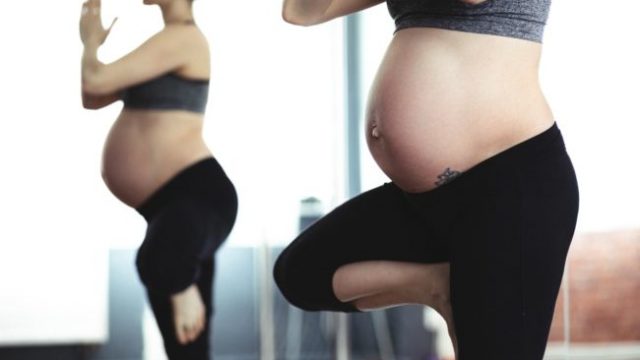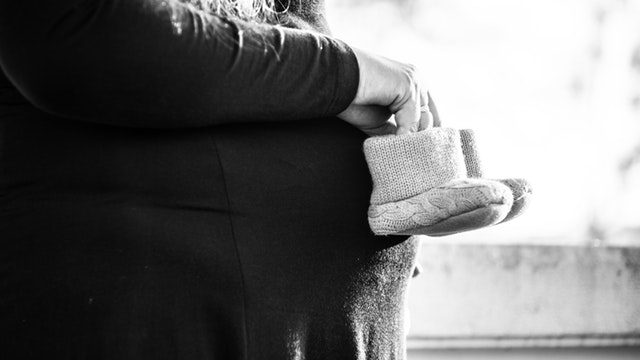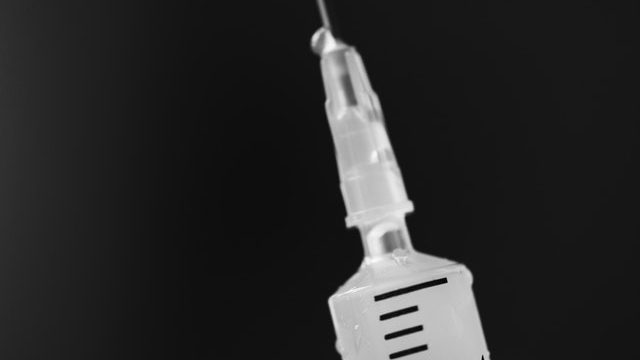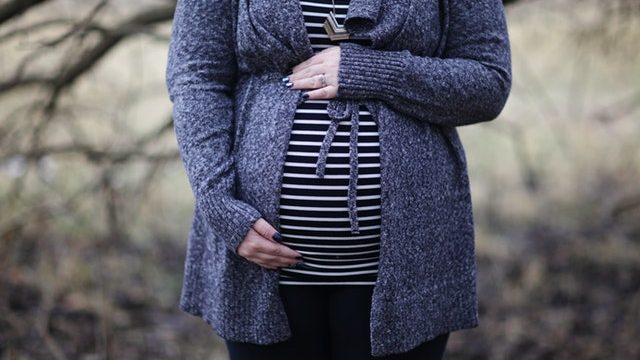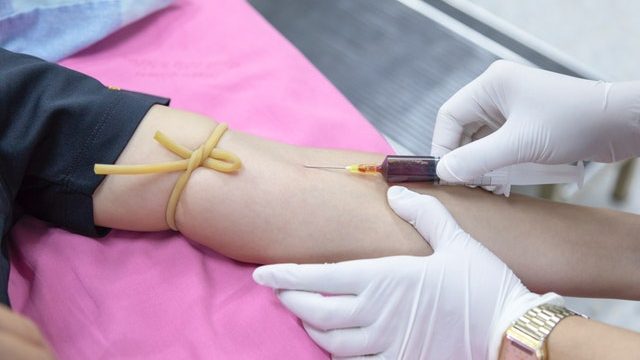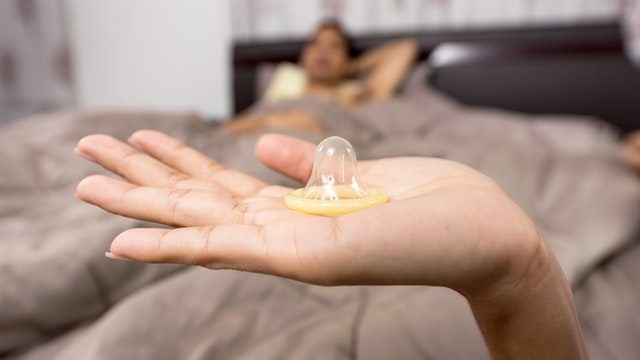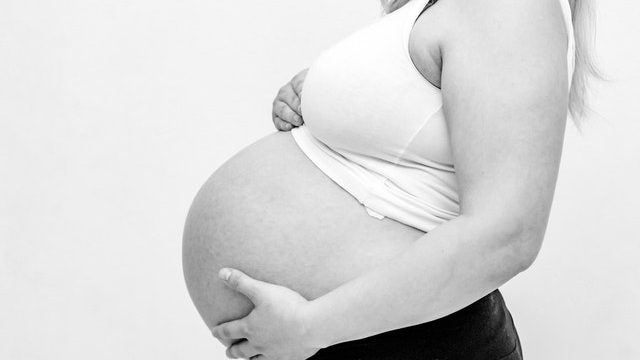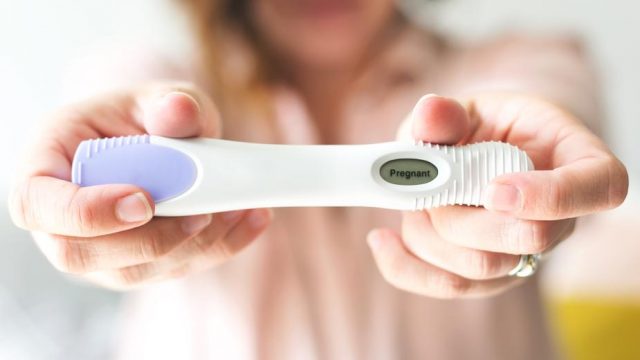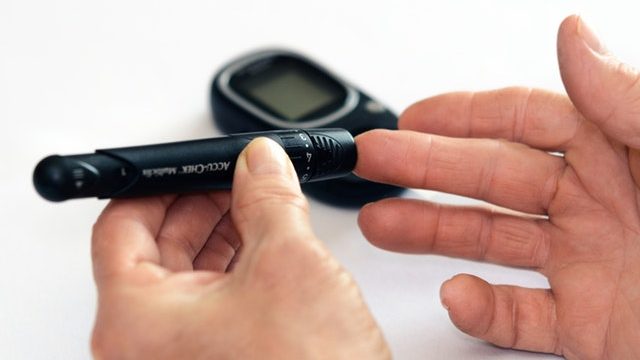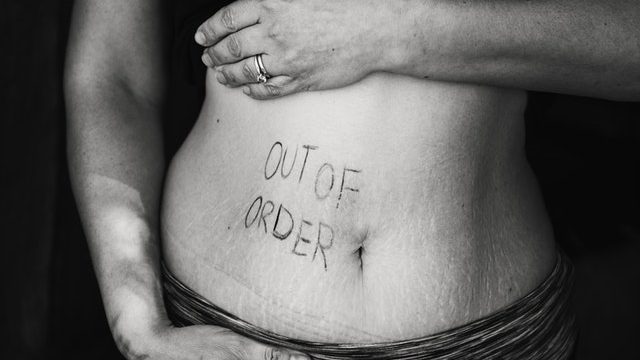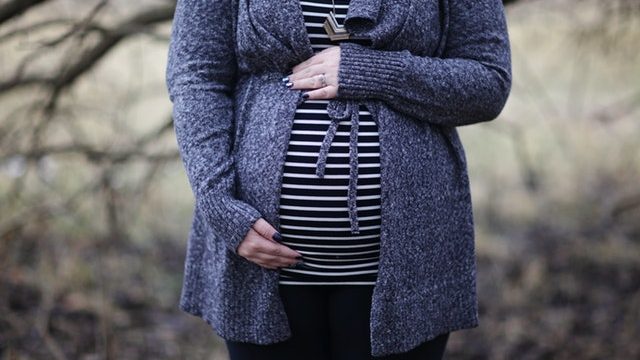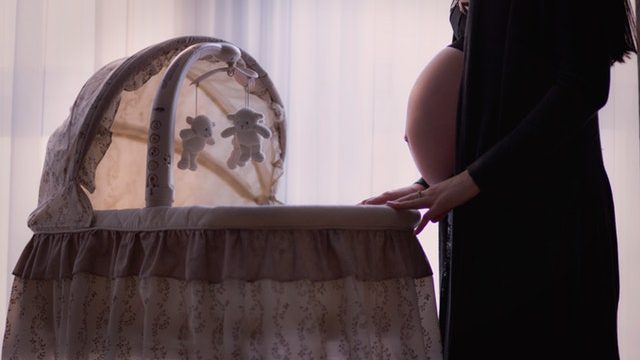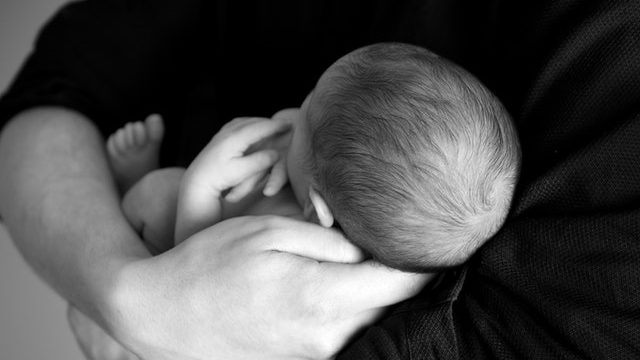A vaginal Contraceptive Ring is a reversible form of hormonal contraception wherein a hormonal contraceptive ring is worn inside the vagina. It functions just like the hormonal pill.
The ring releases two hormones – oestrogen and a progestogen – continuously into the bloodstream. It prevents pregnancy by preventing ovulation. It also thickens the cervical mucus and makes the lining of the uterus very thin and therefore unreceptive to the pregnancy. It is almost 99 % effective and chances of pregnancy are very unlikely.
Who can use the Vaginal Contraceptive Ring?
Most healthy, non-smoking women aged below 35 can use the ring. Those women who cannot take the oral contraceptive pills for medical reasons should avoid the ring as well.
Who should avoid Vaginal Contraceptive Ring?
- Obese/ overweight women
- Smokers over the age of 35
- Women with certain heart ailments
- Diabetics – especially where it is uncontrolled or there is an end-organ disease.
- H/o migraine
- Liver or gall bladder disease
- Connective tissue disease
- History of thrombosis (clots)
- Family history of heart attacks or paralysis
- Women who could be pregnant.
- Unexplained vaginal bleeding
- Presence of prolapse.
- Common side-effects of the ring are very much like the pill i.e. headache/nausea/breast tenderness/mood swings/breakthrough bleeding / abdominal pain /acne. In addition, some women may complain of vaginal discharge and irritation.
The most serious risks of the ring are deep vein thrombosis (clotting)/pulmonary embolism (a clot in the lung)/heart attacks/strokes.
Insertion and removal of the ring are very easy and will be shown to you by the doctor. It is inserted inside the vagina on the second day of the period. It then remains inside for 3 weeks. It is removed at the end of 3 weeks and you remain without a ring for 7 days. In these 7 days, you will see a period. At the end of the 7-day gap, one should put a new ring inside. One can continue this cycle as long as contraception is desired.
The ring is not felt by the partner during sex. It rarely slips out and if that happens then one can reinsert it immediately. It is important to remove it at the end of 3 weeks. If one forgets it inside then one can get pregnant in the next cycle. Once removed it should be discarded in the dustbin.
The ring does not seem to interfere with the Pap smear and does not predispose to vaginal infections.
The ring is a new method and does have promise. The compliance is good as one can insert the ring and leave it for three weeks, so they do not have to do anything about it on a daily basis. This is particularly useful for frequent travelers who keep changing time zones and therefore have difficulty in remembering the time to take the oral pill. The ring also gives user privacy.
We suggest you make an appointment with Dr. Sangeeta to have a complete discussion so that you can make an appropriate choice to suit your needs.



